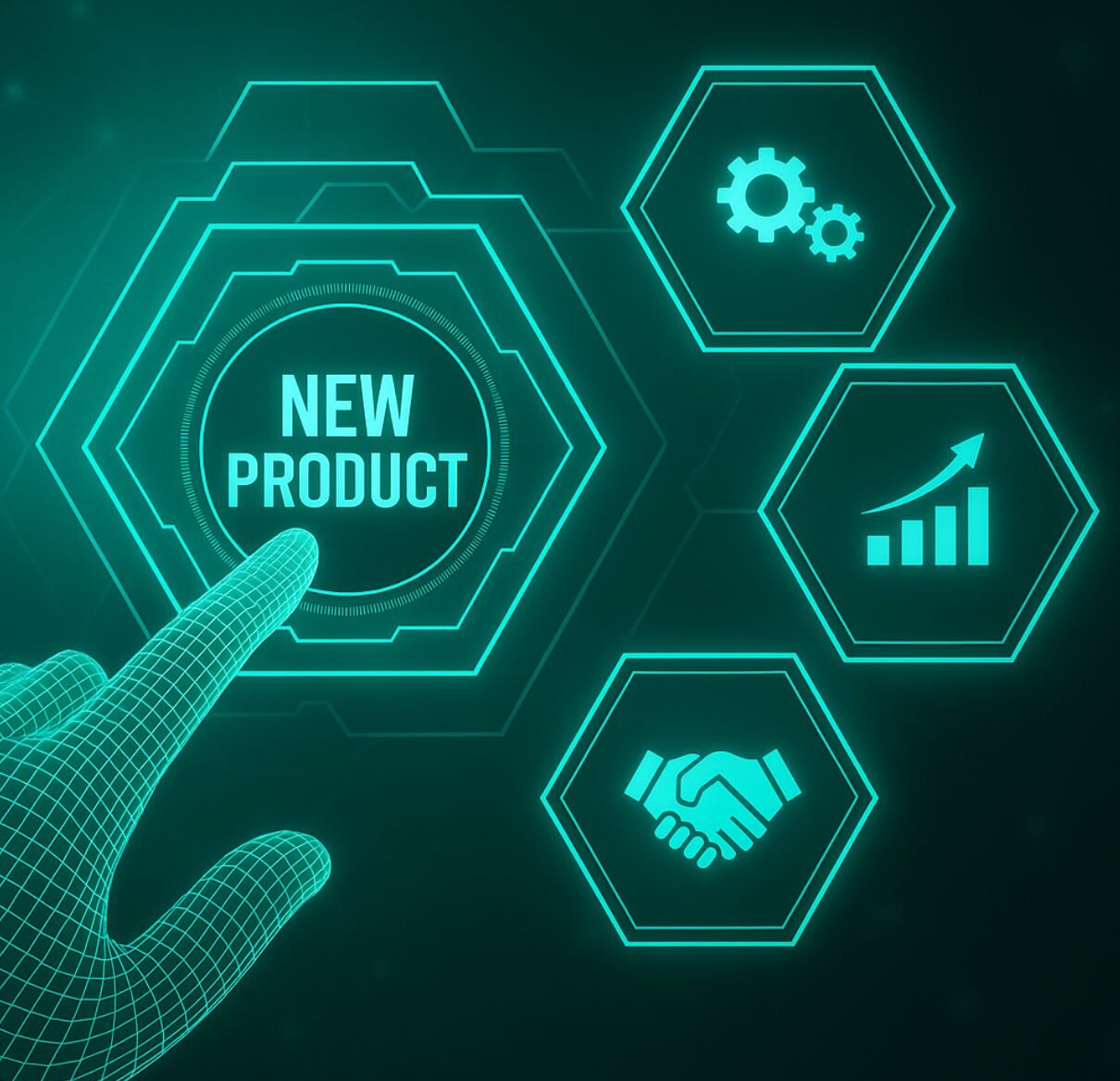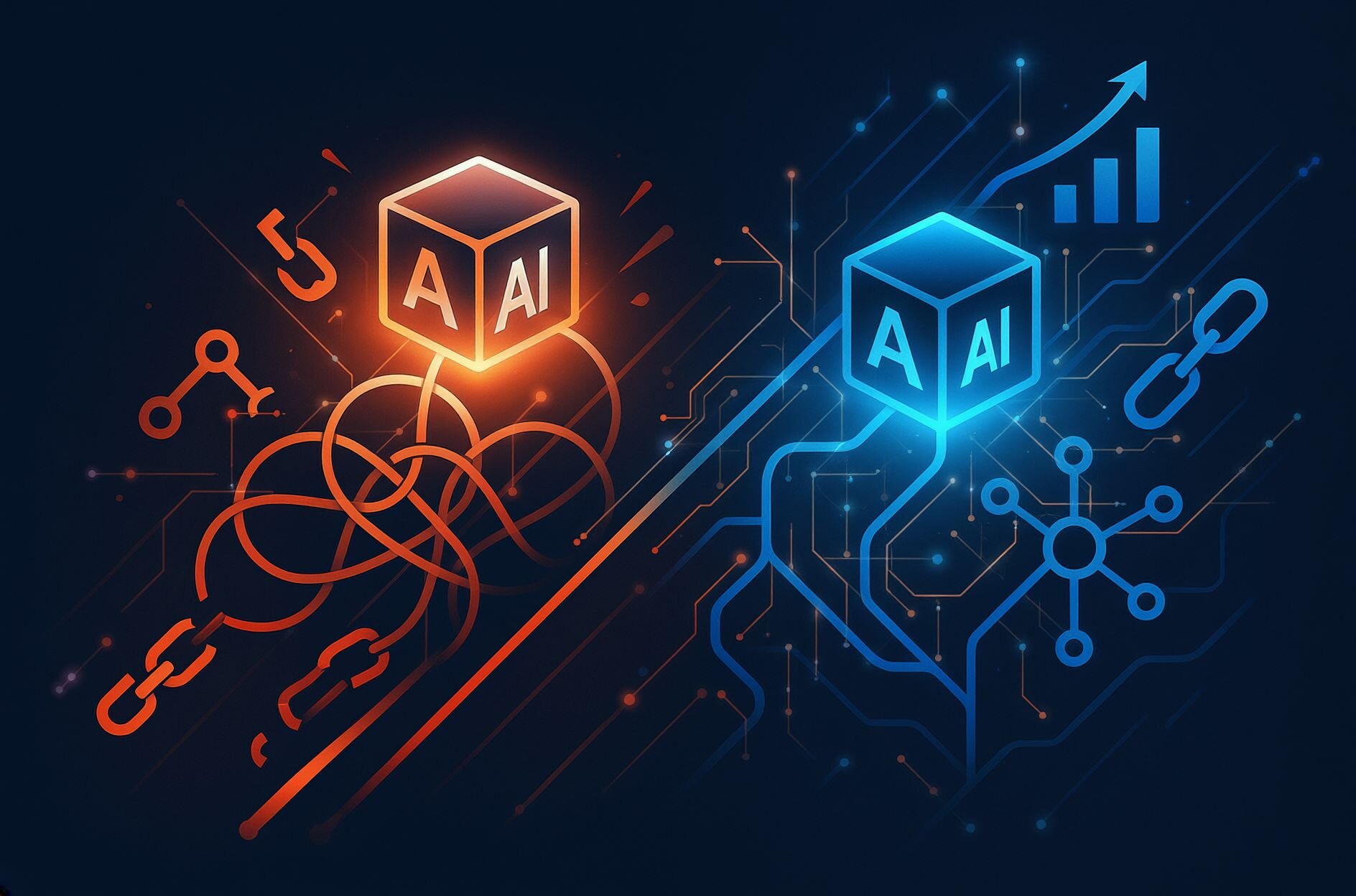How to evaluate the return on investment of continuous discovery in your product’s lifecycle
The continuous discovery approach to building products incorporates much of the customer’s views and feedback on the product's state in the development process, which can lead to better outcomes.
However, apart from blindly executing a process, it would be interesting to consider the “meta” constructs of problem discovery.
How continuous discovery can help in finding local maximas
Given a problem statement, all attempts to address the pain points are hypotheses to be validated. When we take on a signal processing perspective to understand the problem, we may visualize the main issue in its clearest form as the main waveform with a global maxima of a series of peaks and troughs as illustrated in the diagram below.
We can qualify such an analogy as language constructs are often complex with interwoven and implicit meanings. The continuous discovery process, being itself a form of closer engagement with the end users, can help to unravel issues related to the main issue through finding local maximas. These local maximas enrich the problem description by closing gaps that improve the user experience.
For example, a product team may be trying to solve the problem of reducing the time to get a taxi (the global maxima). The hypothesis to be tested is to increase the supply of drivers through ride-sharing. Through continuous discovery, other related issues such as the need for advance booking on rainy days when the supply of drivers is low, or the need for personal and corporate payments may be found as local maximas around the main problem.
When I was working at an online travel booking product, the problem we were trying to solve was to help the user create a great travel experience starting with getting to the destination. However, we discovered that the user faces many other challenges, such as finding the ideal location for a stay. Thus, we provided a set of filters such as the distance to train stations, and availability of translation services alongside the accommodation options. This increased conversion rates and higher user satisfaction with the product.
Local maximas can develop into new business lines through experimentation and constant user engagement by understanding needs and opportunities related to the initial core problem. For example, when users can get from point to point easily, this facilitates delivery of sorts such as food and parcels. This greatly expands the asset value of vehicles as it opens up new possibilities in many businesses’ last-mile delivery value chain.
Risk of feature factory
Continuous discovery, while crucial for staying aligned with user needs, can inadvertently lead to the “feature factory” syndrome if not carefully managed. The constant influx of user feedback and insights may tempt teams to prioritize building new features over iterating and refining existing ones. This can result in a product bloated with features that lack cohesion and fail to address core user problems.
Additionally, an over-reliance on discovery without balancing it with delivery can create a backlog of features that are never implemented, leading to frustration among stakeholders and users alike.
In another e-commerce company I worked for, user research led to a massive backlog that could take up to years to clear. While it is common to set priorities, however, a bloated backlog can sometimes cloud the minds of the product team especially when mounted with business performance pressures.
To mitigate the feature factory risk, teams should focus on balancing discovery with delivery and establishing clear criteria for feature prioritization, implementation, and measurement of the value the product delivers to its users.
Users’ fatigue at the later stages of the product lifecycle
Referencing the product lifecycle, the biggest upside to continuous discovery comes from the “Introduction” and “Growth” stages when the objectives are clearly focused on growing adoption. Furthermore, the problem domain may still lack comprehensive understanding.
Pushing continuous discovery into the “Maturity” and “Decline” stages would likely yield only diminishing returns as adoption and sales taper. Getting users to be involved intimately in every development cycle is tedious. This requires a lot of time and effort from both the product team and the users. As the product lifecycle typically straddles across years, this can induce fatigue in users or even de-motivate them as the product matures.
Another mature e-commerce product that I used to work on, attempts to understand certain customer segments’ spending behavior typically end up with similar findings over the years. This observation is largely validated across different organizations when broadly, user attitudes and mental models seldom change with a well-known product.
From an execution perspective, continuous discovery can be challenging for small product teams, with processes such as regularly bringing users into the development cycle, conducting research, and following up with actionable insights. Worse, the lack of systematic measurement of value delivered to users may further exacerbate the teams' lack of focus.
Changing user preferences’ impact on continuous discovery
The overtaking of Facebook by the wildly successful TikTok begets one question — can Facebook “continuously discover” its way to find the modality that TikTok created to engage its users? Another example would be Evernote, formerly a popular note-taking app, and Notion, the popular incumbent.
Can continuous discovery lead to disruption? Does it inevitably lock the users and product team in a conceptual model, preventing new ideas from sprouting?
New technologies such as large language models have radically transformed the way we work. The scale at which products adopt artificial intelligence in the past few years has been a phenomenon. The Kano model for prioritizing product development suggests that “Delighter” features do change over time as user expectations evolve. This implies competing products can influence users more quickly than the pace at which Continuous Discovery can cope.
To summarise
Important considerations when executing continuous discovery were discussed such as the readiness of product teams and users at different stages of the product lifecycle. Instead of focusing on implementing the process, understanding the construct and objective continuous discovery is designed for, can help product teams leverage its strength in an agile manner amid an ever-challenging technology landscape.









